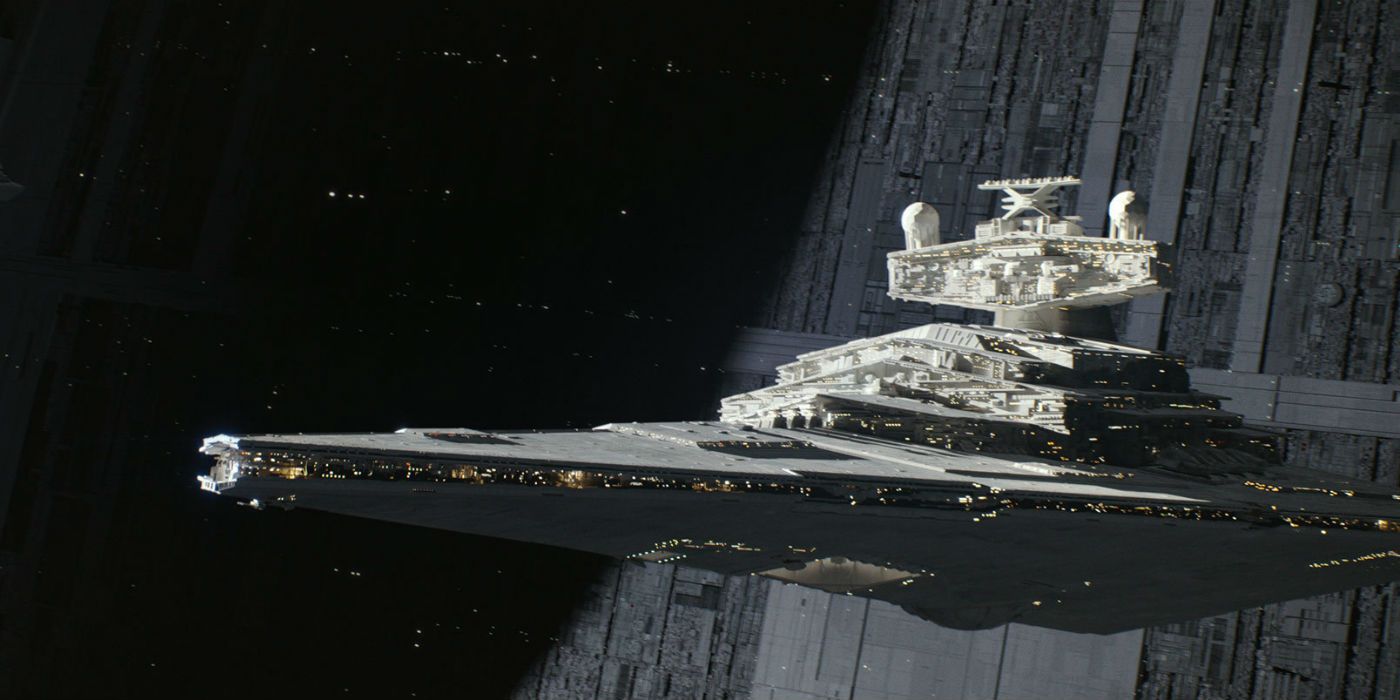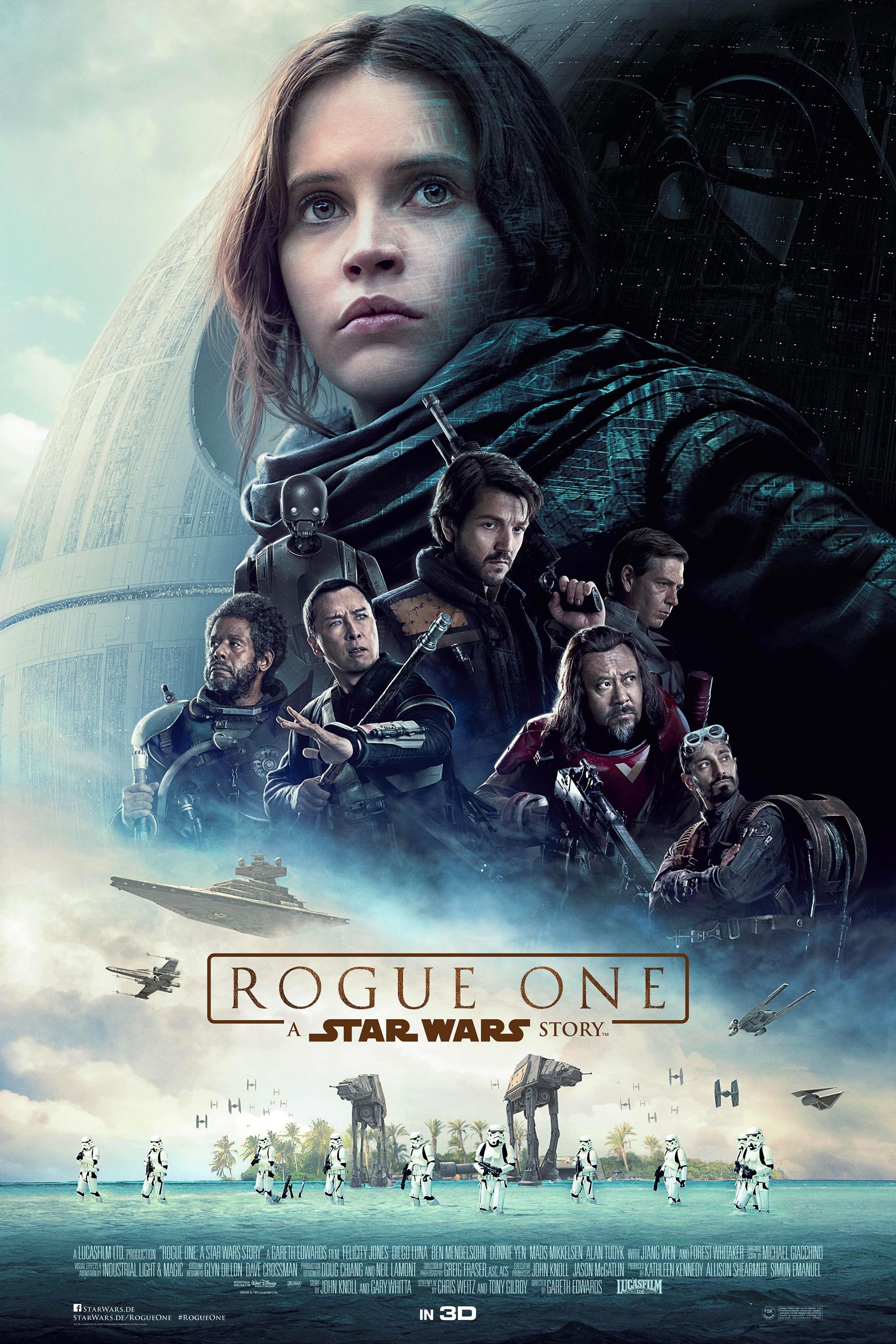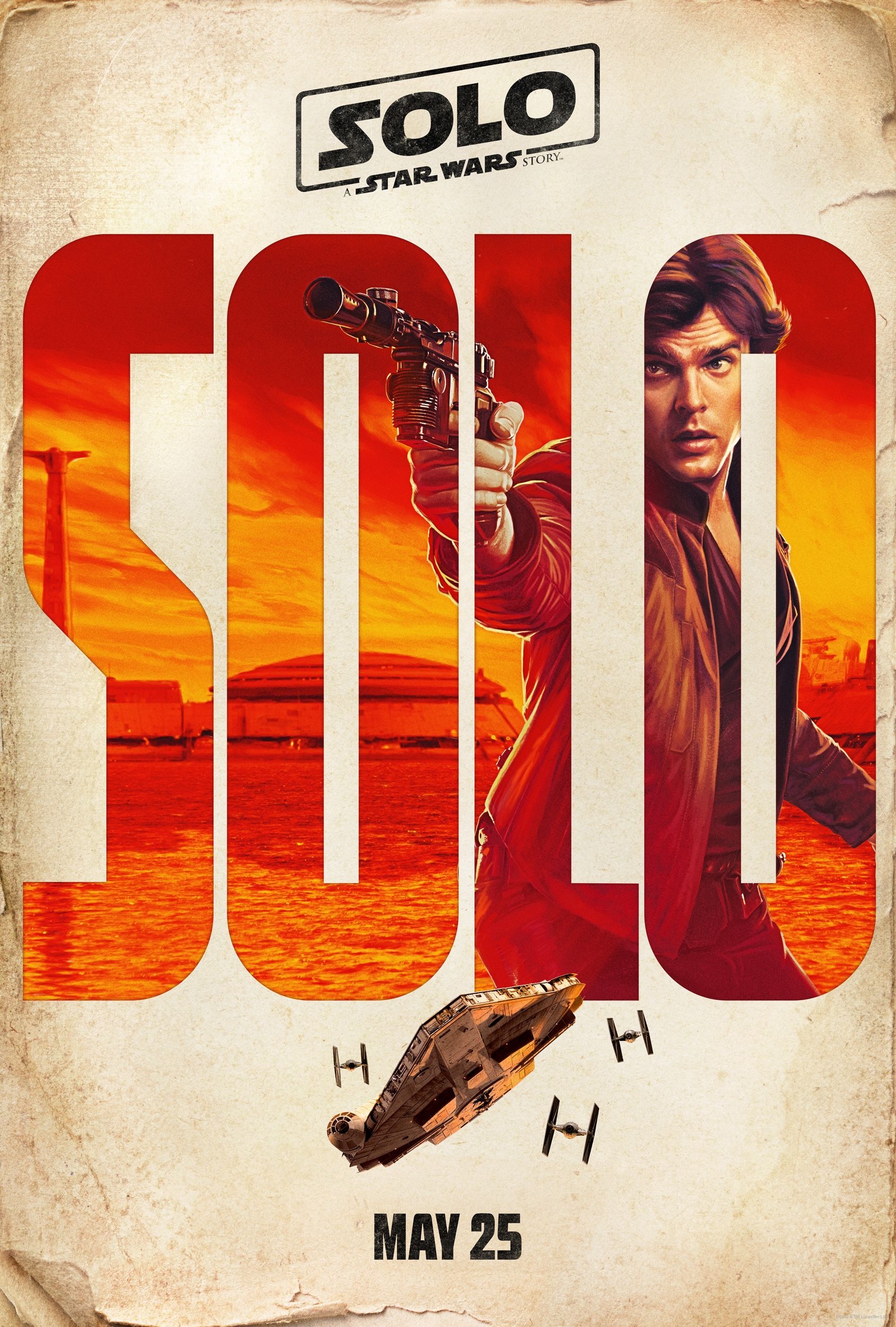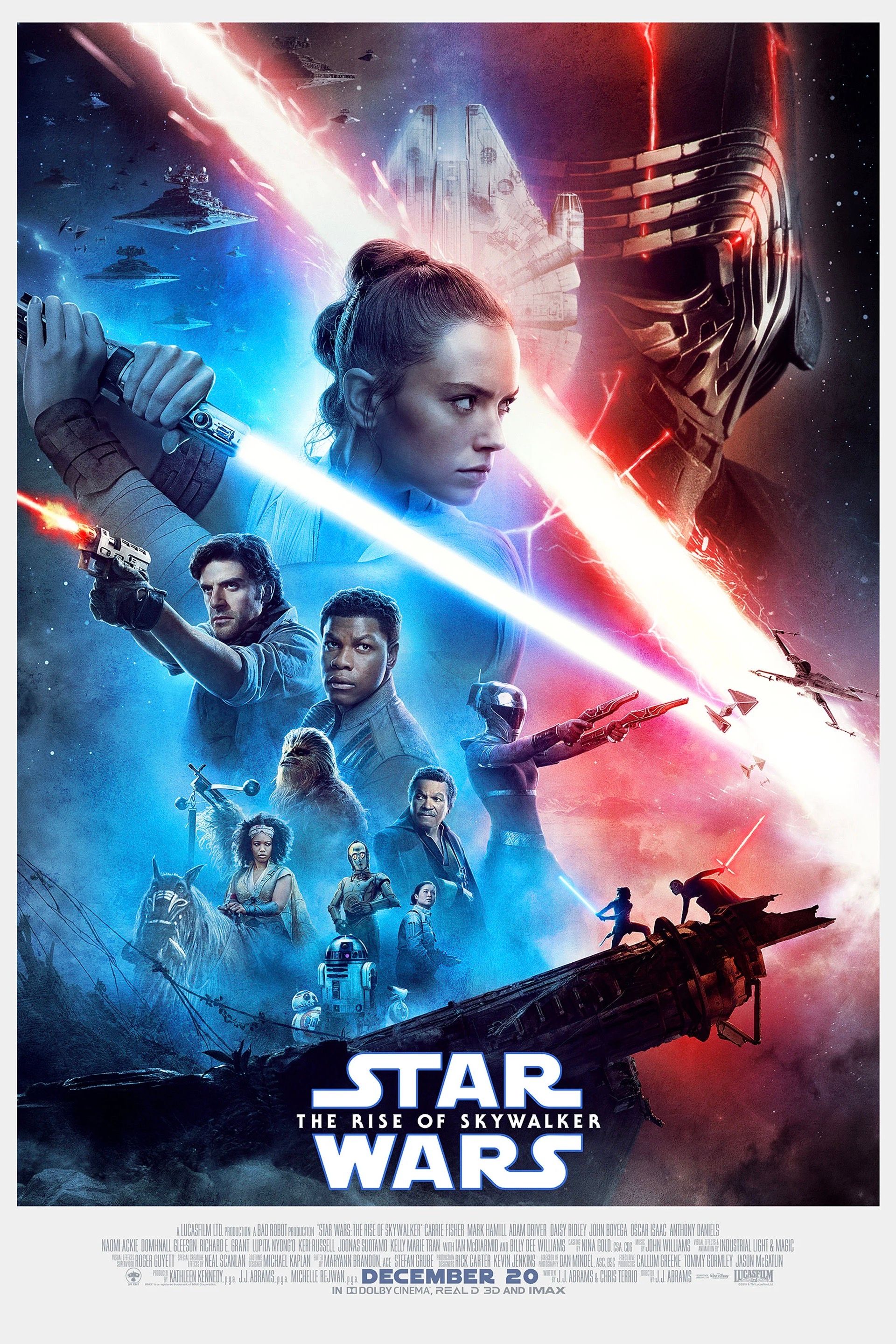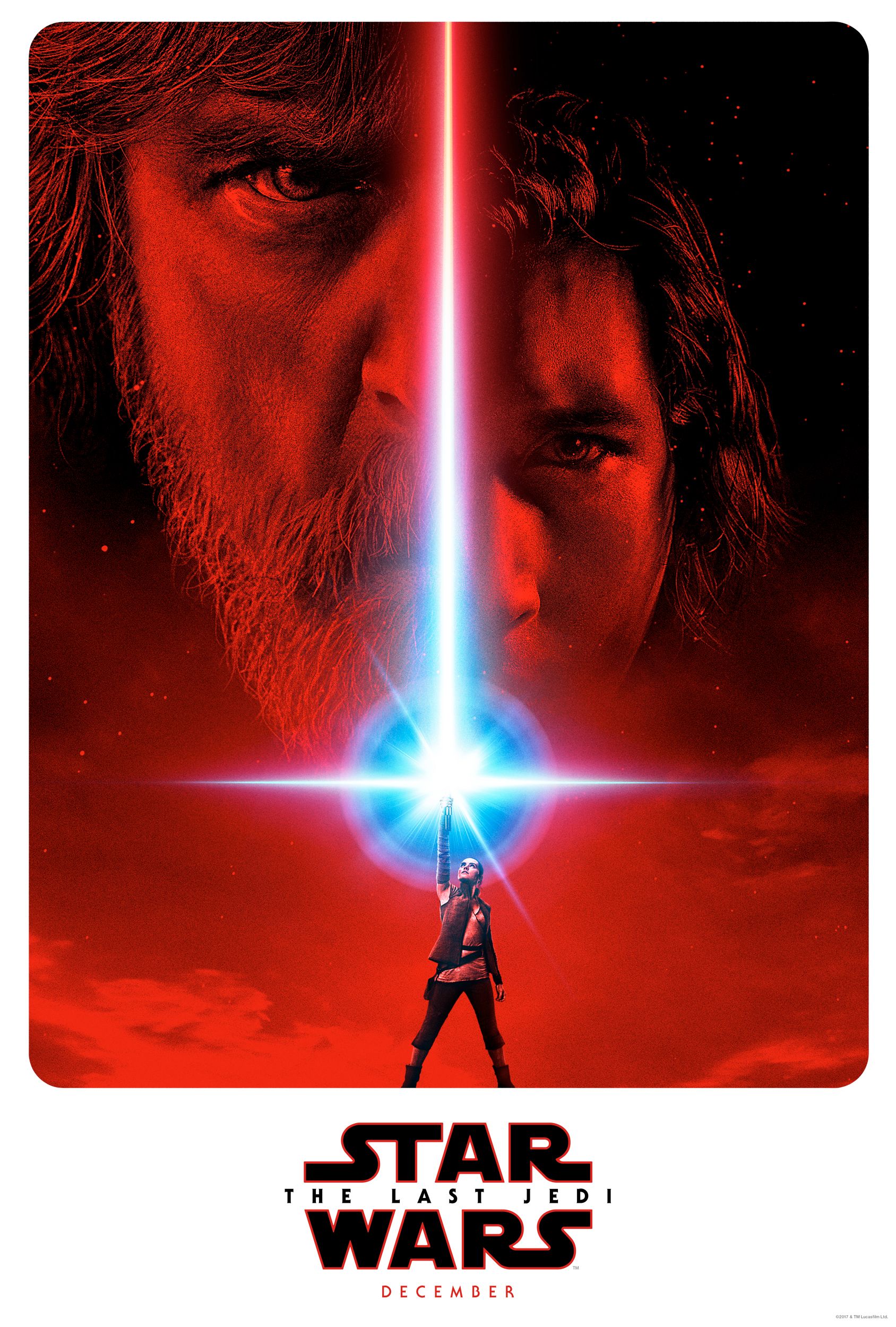Rogue One: A Star Wars Story kicked off the standalone era of Star Wars films in thrilling fashion, delivering a story filled with action, heart, and even suspense -- even though most fans knew how it would end. In typical Star Wars fashion, Gareth Edwards’ film also boasted impressive visual effects in both large-scale and small-scale elements. Between the motion capture of Alan Tudyk as K-2SO and the revival of the original Imperial Star Destroyers, Rogue One delivered a satisfying spectacle in the visual department.
One of the most spectacular moments of Rogue One came during the film’s climactic battle sequence above the planet Scarif, when the aforementioned Star Destroyers crashed into each other and crumbled to pieces. The Star Wars franchise has featured epic space battles before, but few moments in even George Lucas’ prequel trilogy approached the level of grandeur that Edwards depicted in the climactic scenes of Rogue One. A new video released by Industrial Light & Magic gives a peek into how Edwards and the visual effects team made the destruction happen.
ILM posted the above video to its YouTube channel on Friday, giving a behind-the-scenes look at Edwards in action and showing a brief summary of the techniques used to bring the space battle to life. It’s well known by now that Rogue One primarily used miniature models to recreate the iconic ships from the original Star Wars trilogy, but in order to achieve the most realistic look possible, there needed to be a number of filming methods working together.
ILM used a “massive LED array” to create realistic lighting around the ships and to accommodate the many moving pieces all working together. The video then shows a series of clips showing the assembly of the Star Destroyer models, followed by a look at Gareth Edwards wielding ILM’s handheld “Virtual Camera System.” He tracks the virtual camera around the stationary model ships so ILM can later create the illusion of movement -- a similar but much more modern technique to what was used to create movement of ships in the original Star Wars trilogy.
The techniques used in Rogue One to create the epic space battle and Star Destroyer collision essentially minimized the need for CGI. The ships were mostly real models, the lighting was natural, and as a result the CGI was not superfluous. Rogue One is an Academy Award nominee for Best Visual Effects, and videos like this show why. ILM continues to be at the cutting edge of visual effects even 40-plus years after George Lucas founded it.
The only downside to Rogue One’s Oscar-nominated visual effects is that its team may not actually win the award. It has very strong competition, including LAIKA’s unique animation style in Kubo and the Two Strings and MPC and Weta Digital’s stunning motion capture effects in The Jungle Book. However, ILM also did the visual effects for fellow nominees Doctor Strange and Deepwater Horizon, so the company has a 3-out-of-5 chance of winning. But if Rogue One’s team takes home the gold, it would be much-deserved.
Next: Star Wars 8 International Titles Suggest ‘The Last Jedi’ is Plural
Source: ILM

